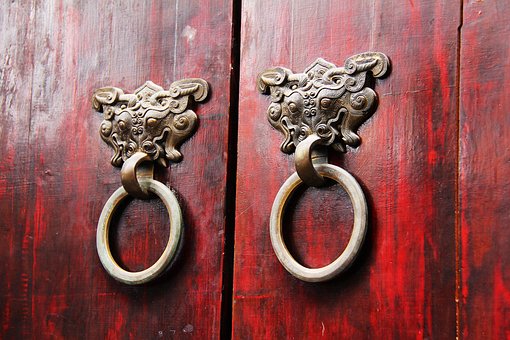Practitioners need to go with the flow in society, do whatever others do, be it fashion or trends, but abstaining from emulating the un-virtuous acts of others. The Mahayana Buddhism is rather humanistic and open. Modern buddhists need to appear as a fashionable and trendy person, but with an inner self liken to practitioners of 2500 years ago; this is a perfect combination! Buddhists need to have a mundane body and supra-mundane mind.
~Depicted from LUMINOUS WISDOM BOOK SERIES











